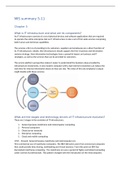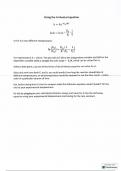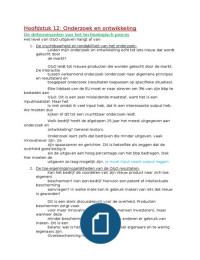Summary
MIS Summary
- Course
- Institution
- Book
This is a good summary for the Breda University of Applied Sciences Management Information Systems course. This summary gave me an 8 out of 10. It is also a Summary of the Management Information Systems, managing the digital firm book
[Show more]






